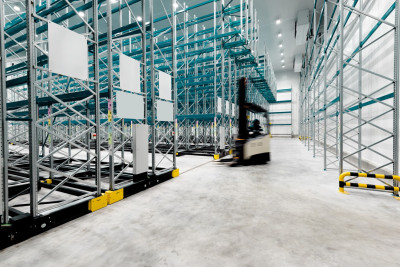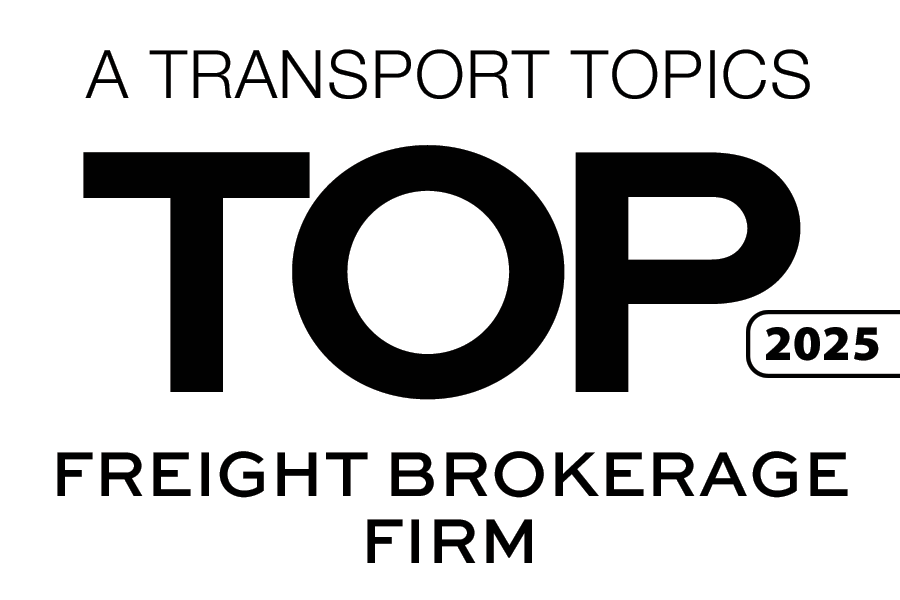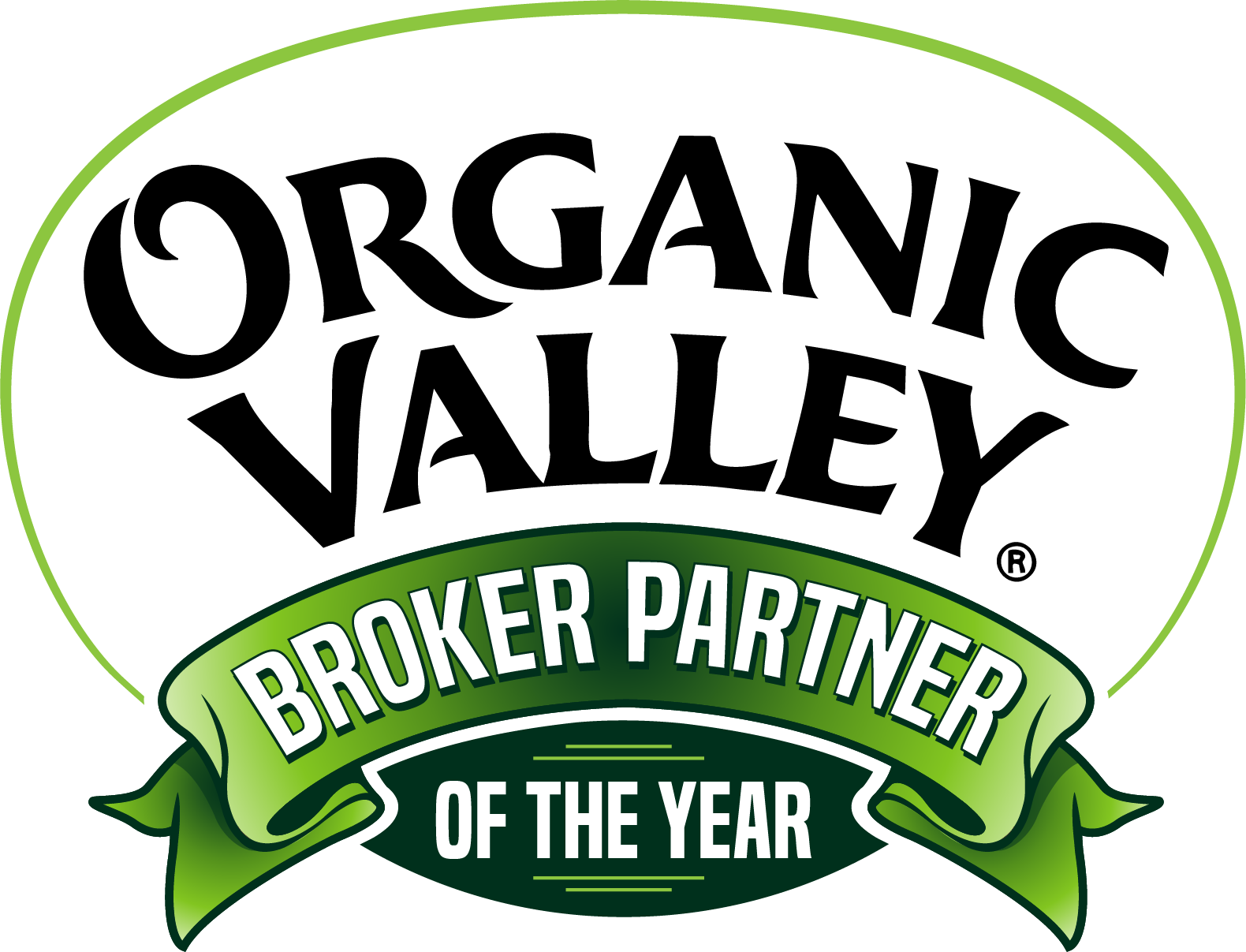What does the future hold for cold storage?
March 23, 2023
 Demand for cold storage is at an all-time high, but capacity concerns and aging infrastructure are creating a dangerously tight market. What do these challenges mean for the future of cold storage, and what are the implications for the transport companies that are tied to this important sector?
Demand for cold storage is at an all-time high, but capacity concerns and aging infrastructure are creating a dangerously tight market. What do these challenges mean for the future of cold storage, and what are the implications for the transport companies that are tied to this important sector?
New cold storage facilities are being constructed to help ease the capacity crunch. Though it may seem counterintuitive, many of these new structures are smaller than their counterparts from previous generations. The secret to increasing capacity with less room lies in advanced modern racking systems that can fit more inventory vertically within a given space. This lowers construction cost per pallet position, ensuring the greatest value for facilities that are often located on expensive plots of prime real estate.
“These smaller facilities really pack a wallop in terms of throughput and capacity,” says Nick Pacitti, Partner at cold storage consulting firm Sterling Solutions, LLC. “They’re much more efficient than the older, larger facilities.”
Why aren’t more cold storage facilities being built in light of historic demand? Learn more in the latest episode of the Stay In Your Lane Podcast.
Modern advances aren’t just limited to how inventory is stored and managed. New tech is improving how product is cooled in ways that were unimaginable just a few years ago. Manufacturers depend on cold storage operations to undertake the freezing of their products, as the time-consuming process would present a bottleneck on their operations. Facilities equipped with the latest freezing equipment are not only more efficient, but more environmentally friendly than ever before. They can also complete the freezing of product in just a fraction of the time of the old equipment.
“We’re seeing full pallet quick freeze where they can basically freeze a pallet three times faster than passive freezing,” Pacitti explains. “Bringing in a pallet at 70 degrees ambient temperature and putting it in a zero-degree environment, you hope it freezes within a week. Now, it can freeze within a day sometimes, depending on the product.”
With greater efficiency comes the need for greater transparency. Some products have very strict temperature requirements that must be observed through each step of storage and transport. New tracking technologies give a detailed report of not only the location of goods at any given time, but also their exact temperature. These systems can track mean kinetic temperature (MKT) which affords a more accurate view of real temperatures compared to tracking of average ranges. This level of precision allows storage operations to ensure the highest level of quality control for their customers’ goods.
How are modern cold storage facilities improving throughout of product compared to their aging counterparts? Find out in the latest episode of the Stay In Your Lane Podcast.
In the manufacturing, storage, and transport of goods, managing risk is essential to success. Transportation is often the riskiest step in the food manufacturing supply chain. This is where visibility on a product is lowest, and where quality control issues are most likely to enter the picture. Good tracking and accurate temperature controls on the transport side is the last piece of the puzzle for fulfilment. Like the updates that are being made in the cold storage facilities, transport operations must ensure that their tracking systems and refrigeration equipment are up to modern standards.
Even with the looming threat of recession, existing infrastructure is struggling to keep up with current demand for cold storage. Building more cold storage facilities seems like the logical solution, but that’s no simple prospect from a financial standpoint.
“The cost of a [cold storage] facility is more than twice the cost of a dry facility,” explains Sterling Solutions Partner David Sterling. “And it’s only going up.”
Like so many corners of the construction market, the capital cost required to build a new cold storage facility has increased dramatically in recent years. Even in the face of unprecedented demand, investing in cold storage often doesn’t make financial sense. To recoup the cost of building, cold storage providers would have to charge outrageous rates beyond what most customers are willing to pay.
The future of the cold storage industry seems chaotic at best. New technology is increasing efficiency and transparency while simple economic constraints continue to hamper capacity. For manufacturers to succeed in this potentially rocky place, dependable transport partners will remain as important as ever. Trust the 3PL pros at Triple T Transport for customized freight management services with extensive experience in refrigerated transport. Contact us today to learn more about our full range of services.














